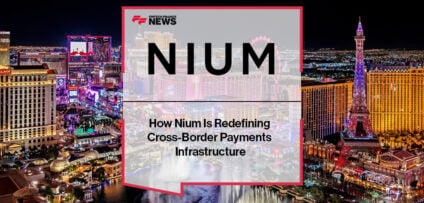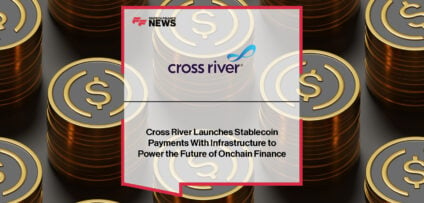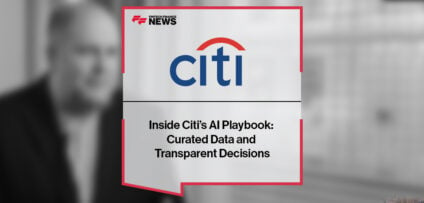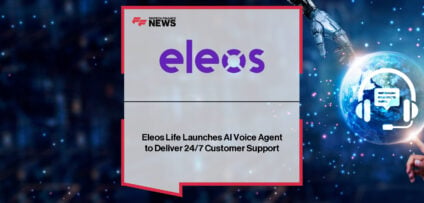Breaking News
Solera, AI and the New Standard for Motor Claims
At ITC Vegas 2025, Bill Brower, Senior Vice President of Claims at Solera, explains how the company is modernising the motor claims journey. Solera operates in more than 130 countries and provides software that helps insurers and repair networks process claims and manage transport-related events.
With over 35 years in insurance, Brower points out that the core claims experience has barely changed. When he started, everything was handwritten; today there’s more tech, but many customers still phone a call centre, answer a long list of questions, get referred to a body shop, organise a rental car and speak to three or four people for a simple collision. For an industry where banking and payments are now app-first and instant, the claims journey is still surprisingly manual and fragmented.
To tackle this, Brower talks about “touchless claims”, a concept he launched in 2016. The vision is an end-to-end, digital process for straightforward, non-injury accidents and describes a typical scenario: after a minor roadside collision, a driver notices a QR code on their insurance card. Scanning it launches a mobile flow that recognises the customer automatically, no passwords or long forms, and asks a few basic questions such as whether there was an accident and how many vehicles were involved.
From there, data and images take over. The app asks for photos of both licence plates; third-party data services can use those to look up the vehicle, insurer, coverage and contact details, pre-populating the first notice of loss. Guided by Solera’s “Guided Image Capture” within its Capture Estimating solution, the customer takes a picture of the VIN and then each corner of the vehicle. AI then generates a detailed, line-item repair estimate, which a claims handler can quickly review and approve. In the same app, the customer can select a repair shop, schedule an appointment and arrange a rental car, turning what used to be multiple calls and callbacks into a digital flow that is completed in minutes.
Brower highlights three AI-driven capabilities behind this. First, “intelligent triage” uses a few photos to predict in about five seconds whether a car is likely a total loss or should go to a body shop, guiding that crucial early decision of salvage versus repair. Second, the estimating solution automates the creation of a full repair estimate from images, giving human estimators something they can validate or tweak rather than build from scratch.
Thirdly, Solera now applies AI to measure the carbon output of a collision repair. By analysing part choices, new versus recycled, and whether items are repaired or replaced, it calculates the carbon impact across all three scopes for each line in the estimate. This gives insurers, repairers and customers a clear view of how repair decisions affect emissions and cost. Brower notes that following best practices for sustainable repairs typically reduces both carbon and claim severity, helping keep premiums more affordable while supporting environmental goals.
People In This Post
Companies In This Post
- GNOMI Launches the Only ‘Finance Mode’ with Real-Time Global Earnings Calls and Generative Market Intelligence Read more
- Cross River Launches Stablecoin Payments With Infrastructure to Power the Future of Onchain Finance Read more
- Tidalwave Raises $22M Series A, on Track to Reach 4% of U.S. Mortgage Market Read more
- Emerging Market Opportunities: The Next Billion Customers | Freemarket, Fincra and Axiym | FF Virtual Arena #358 Read more
- Inside Citi’s AI Playbook: Curated Data and Transparent Decisions Read more



















